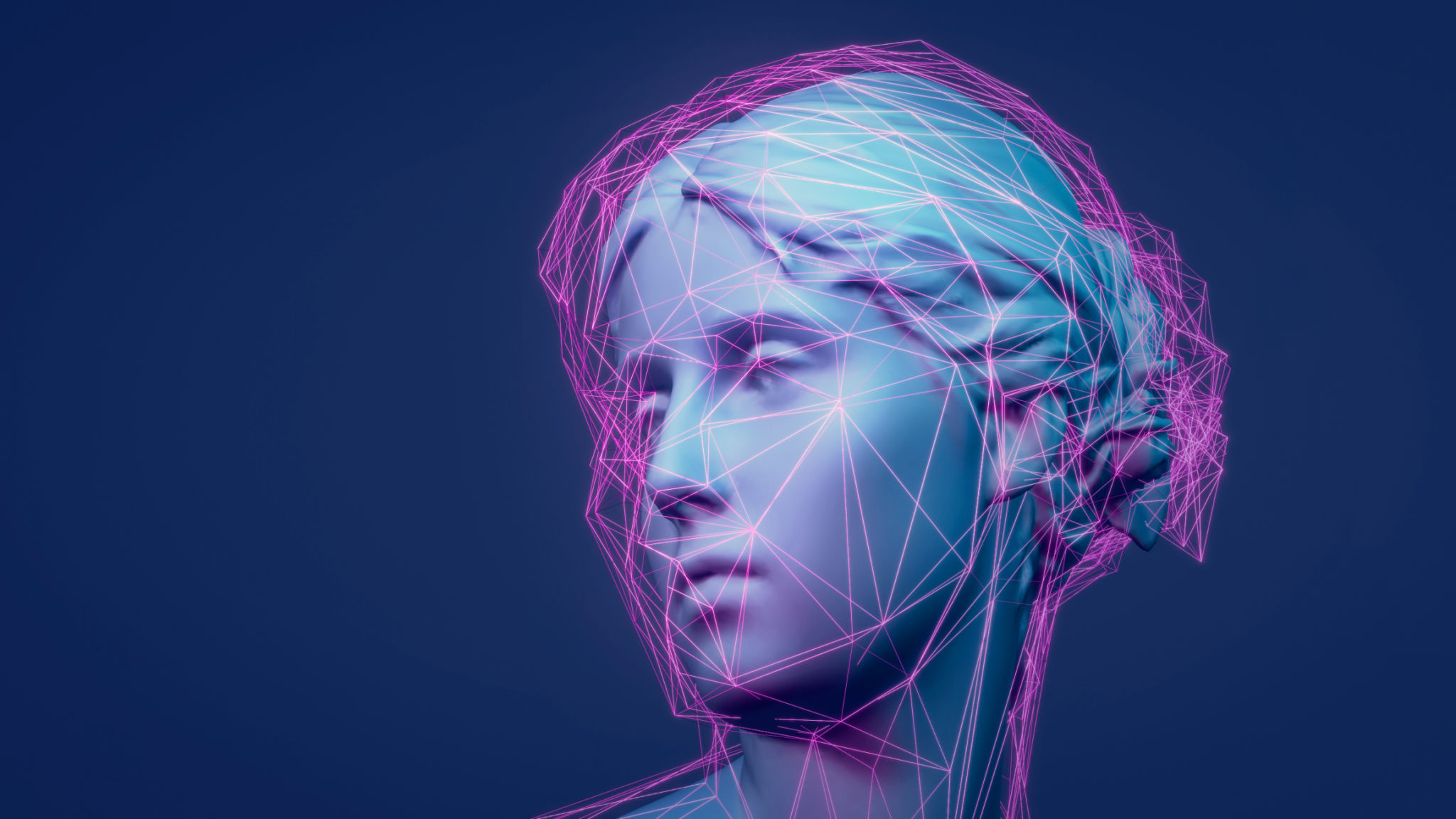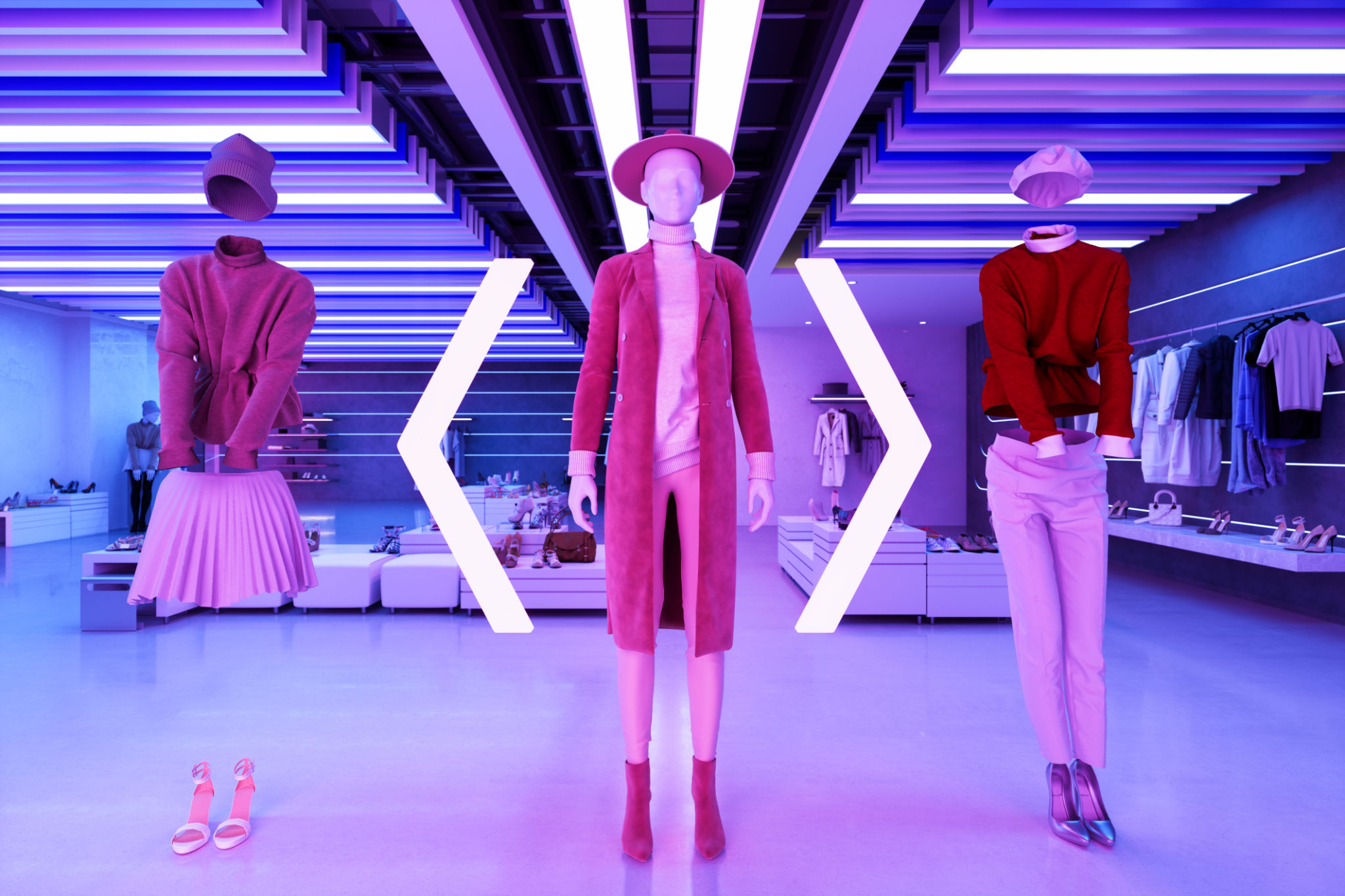Exploring the Latest Trends in Digital Development and Design
The Rise of Minimalist Design
In recent years, minimalist design has taken center stage in digital development. This trend emphasizes simplicity, focusing on clean lines, ample white space, and intuitive navigation. With the overwhelming amount of information available online, users appreciate interfaces that are easy to navigate and digest. By stripping away unnecessary elements, minimalist design enhances user experience and allows content to shine.
Minimalism is not just about aesthetics; it’s about functionality. Designers are increasingly adopting this approach to improve load times and optimize performance across devices. The result is a more efficient, user-friendly experience that benefits both brands and consumers.

Immersive Experiences with Augmented Reality (AR)
Augmented Reality (AR) is transforming how users interact with digital content. AR overlays digital information onto the real world, creating immersive experiences that captivate and engage audiences. This technology is being integrated into various sectors, including retail, education, and entertainment.
By using AR, businesses can offer interactive experiences that bridge the gap between virtual and physical spaces. For example, in retail, customers can virtually try on clothes or visualize how furniture would look in their homes. This level of interaction not only boosts engagement but also enhances customer satisfaction.

Dark Mode: A User-Centric Approach
Dark mode has become increasingly popular in digital design, offering a sleek and modern alternative to traditional light interfaces. This feature reduces eye strain in low-light environments and conserves battery life on OLED screens. Many users now prefer dark mode for its aesthetic appeal and practical benefits.
Developers are focusing on creating adaptable designs that effortlessly switch between light and dark modes based on user preferences. This user-centric approach ensures that digital platforms cater to the comfort and needs of their audience, enhancing overall usability.

Responsive Design in the Mobile Era
With the proliferation of mobile devices, responsive design has become a necessity. This approach ensures that websites and applications function seamlessly across a variety of screen sizes and orientations. By prioritizing mobile-first design, developers can create adaptive layouts that provide a consistent user experience on any device.
The shift towards responsive design is driven by the need to meet user expectations in an increasingly mobile world. Businesses that fail to optimize for mobile risk losing significant traffic and engagement, making responsive design an essential component of digital development.
The Integration of AI in Design
Artificial Intelligence (AI) is playing a pivotal role in shaping the future of digital design. AI-driven tools can automate repetitive tasks, analyze user behavior, and provide personalized recommendations. Designers are leveraging AI to create more efficient workflows and tailor content to individual needs.
The integration of AI is enabling designers to push creative boundaries and deliver highly customized experiences. As AI technology continues to evolve, its impact on digital development will only grow, offering new possibilities for innovation.

